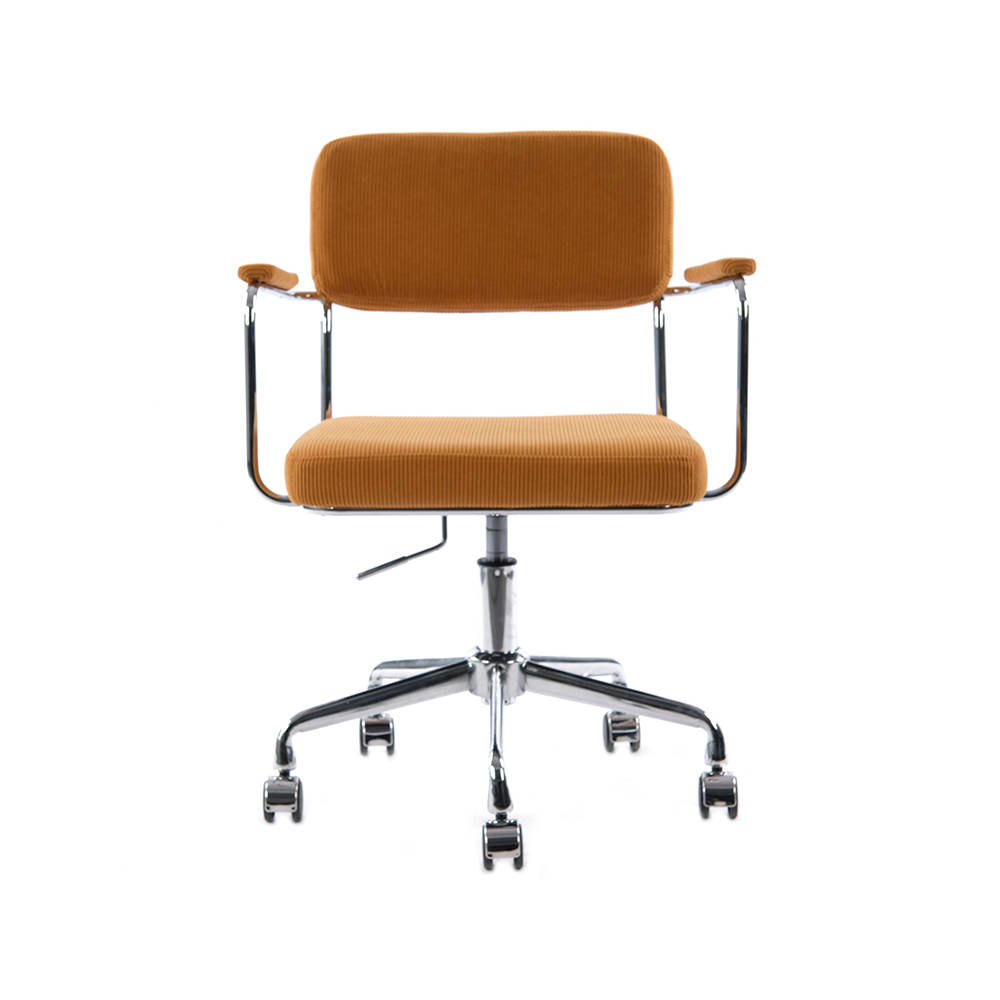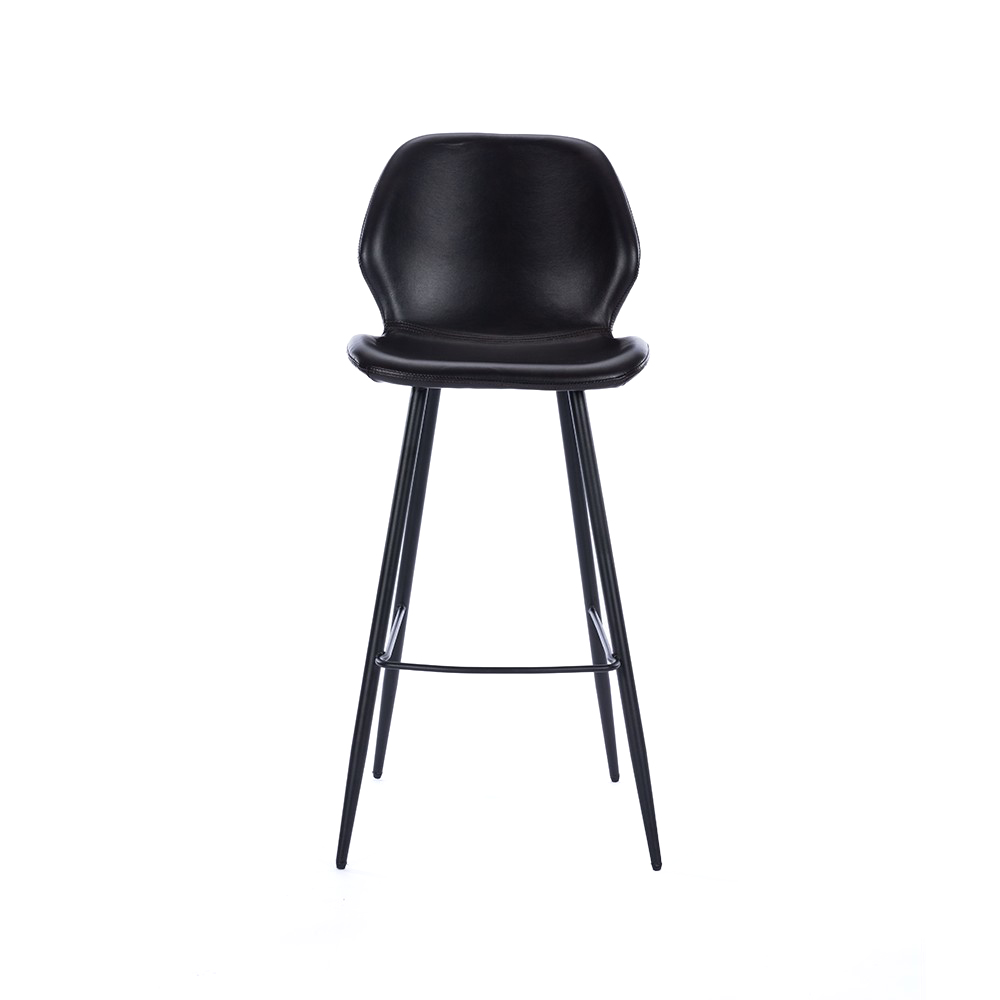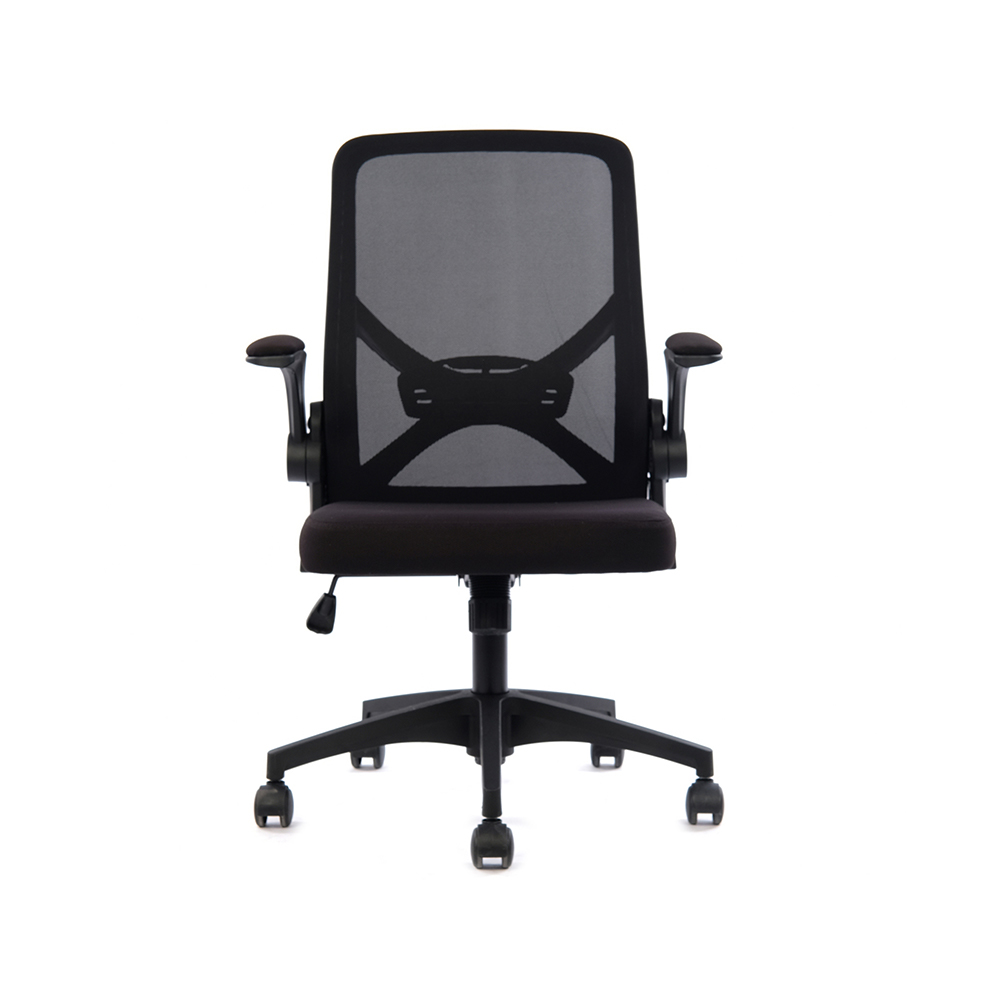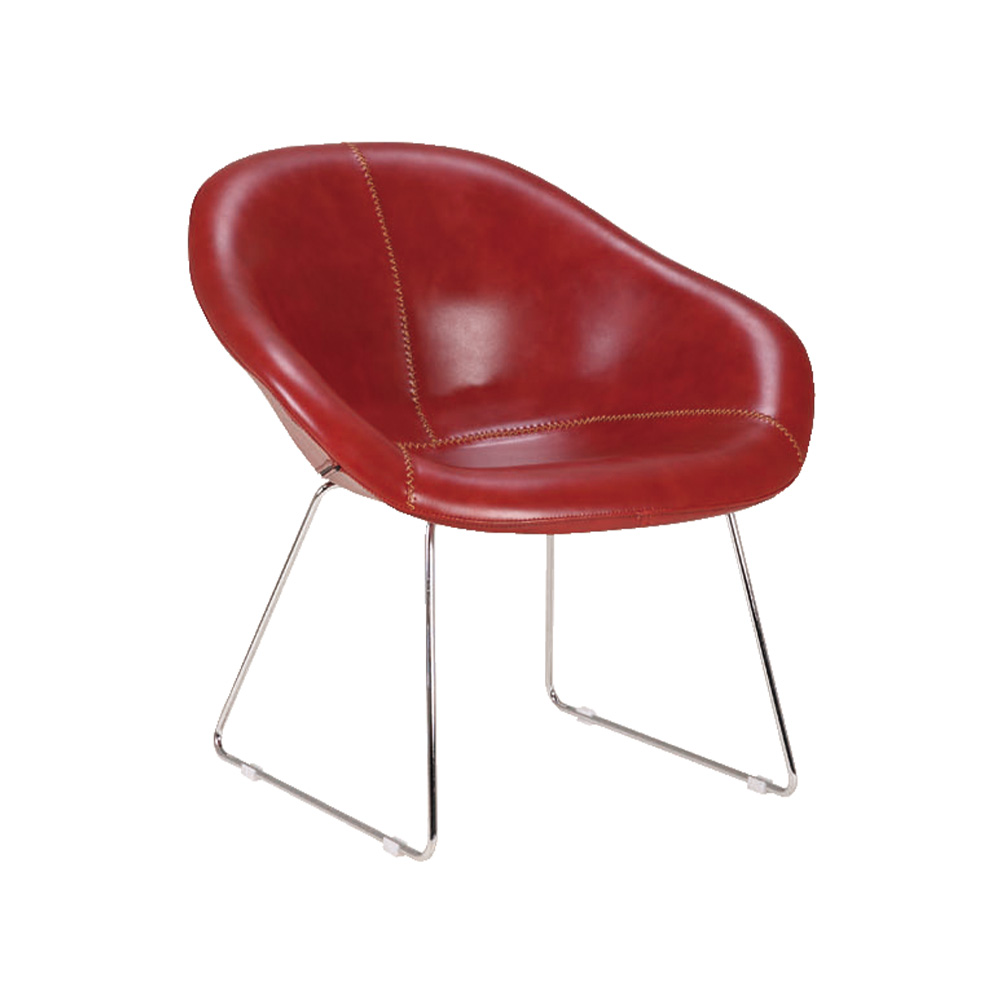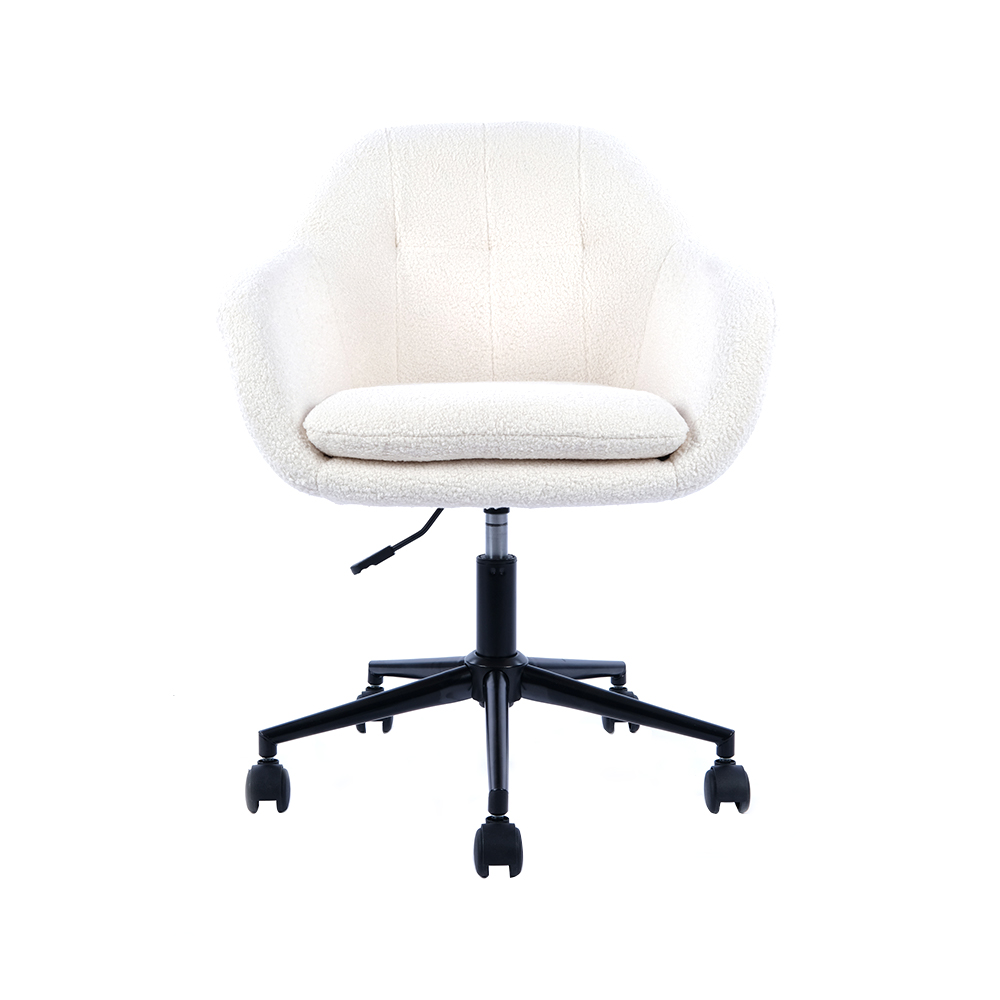+86-0572-5888031
What is the Ergonomic Design of Leisure Chairs Reflected In?
 2025.08.22
2025.08.22
 Industry News
Industry News
In our fast-paced world, the value of true relaxation has never been higher. Our homes have become sanctuaries, and the chair we choose for reading, lounging, or simply unwinding plays a pivotal role in that experience. But not all comfortable chairs are created equal. There’s a significant difference between a chair that feels good for a few minutes and one that supports your body through hours of peaceful repose. This distinction lies in its ergonomic design.
Ergonomics, often associated with office tasks and repetitive movements, is just as critical in the realm of leisure furniture. The core principle remains the same: designing products to fit the people who use them, rather than forcing people to contort themselves to fit the product. For a leisure chair, this goes beyond preventing injury; it’s about promoting profound comfort, encouraging relaxation, and enhancing overall well-being.
So, what exactly is the ergonomic design of a lounge chair or reading nook chair reflected in? It’s a symphony of interconnected elements working in harmony to support the human form.
The Foundation: Postural Support and Spinal Alignment
The most critical aspect of any ergonomic chair is its support for the spine’s natural, healthy ‘S’ curve. A poor design that forces the spine into a ‘C’ shape will lead to slouching, compressed discs, and aching muscles, defeating the very purpose of relaxation.
Lumbar Support: This is the cornerstone of spinal health. High-quality ergonomic lounge chairs feature pronounced, adjustable, or intelligently placed lumbar support that fills the gap between your lower back and the chair. This prevents the pelvis from rotating backward and the lower back from collapsing into a slouch, maintaining the spine’s natural lumbar curve and reducing strain on the surrounding muscles and ligaments.
Thoracic and Cervical Support: True relaxation often involves leaning your head back. An ergonomically designed chair will extend its supportive profile to the upper back (thoracic region) and neck (cervical region). A well-contoured backrest or an integrated headrest pillow cradles the entire spine, allowing the muscles in your back, shoulders, and neck to fully release tension. This is a key feature in any recliner chair designed for comfort.
The Science of Seat Design: Pressure Distribution
A soft seat isn’t necessarily a supportive one. Sitting for prolonged periods creates pressure points, particularly in the ischial tuberosities, or the “sitting bones.” Excessive pressure can reduce blood flow, cause discomfort, and force you to fidget constantly.
Seat Pan Depth and Contour: An ergonomic seat pan is deep enough to support most of your thigh without pressing against the back of your knees, which can impede circulation. It’s also often slightly contoured or waterfalled at the edge to further alleviate pressure on the legs.
Cushioning Material: The ideal cushion strikes a perfect balance between softness and support. High-resilience foam that molds gently to your body without bottoming out is a hallmark of quality recliner chairs. It distributes your weight evenly across the entire seat surface, eliminating painful pressure points and allowing for longer, uninterrupted periods of comfortable sitting. This focus on even weight distribution is a non-negotiable for long-term sitting comfort.
The Mechanics of Movement: Adjustability and Reclining Tension
Human bodies are not static, and neither is true relaxation. We shift, stretch, and change positions. Ergonomic leisure chairs acknowledge and facilitate this need for movement.
Reclining Mechanism: The ability to recline is central to many leisure chairs. An ergonomic recliner mechanism should operate smoothly and offer a range of positions, from upright for reading to fully reclined for napping. The best mechanisms allow you to lock in at any point within that range, giving you total control over your sitting posture.
Tension Control: Particularly in rocking or reclining chairs, the tension of the mechanism should be appropriate. It should offer enough resistance to feel supportive and controlled, not loose or floppy, but should also recline without requiring a strenuous effort. This ensures the movement itself is relaxing and not a source of frustration.
Adjustable Features: While more common in office chairs, higher-end leisure chairs may offer adjustable headrests or adjustable lumbar support, allowing you to customize the fit to your unique body proportions. This personalized approach is the pinnacle of ergonomic furniture design.
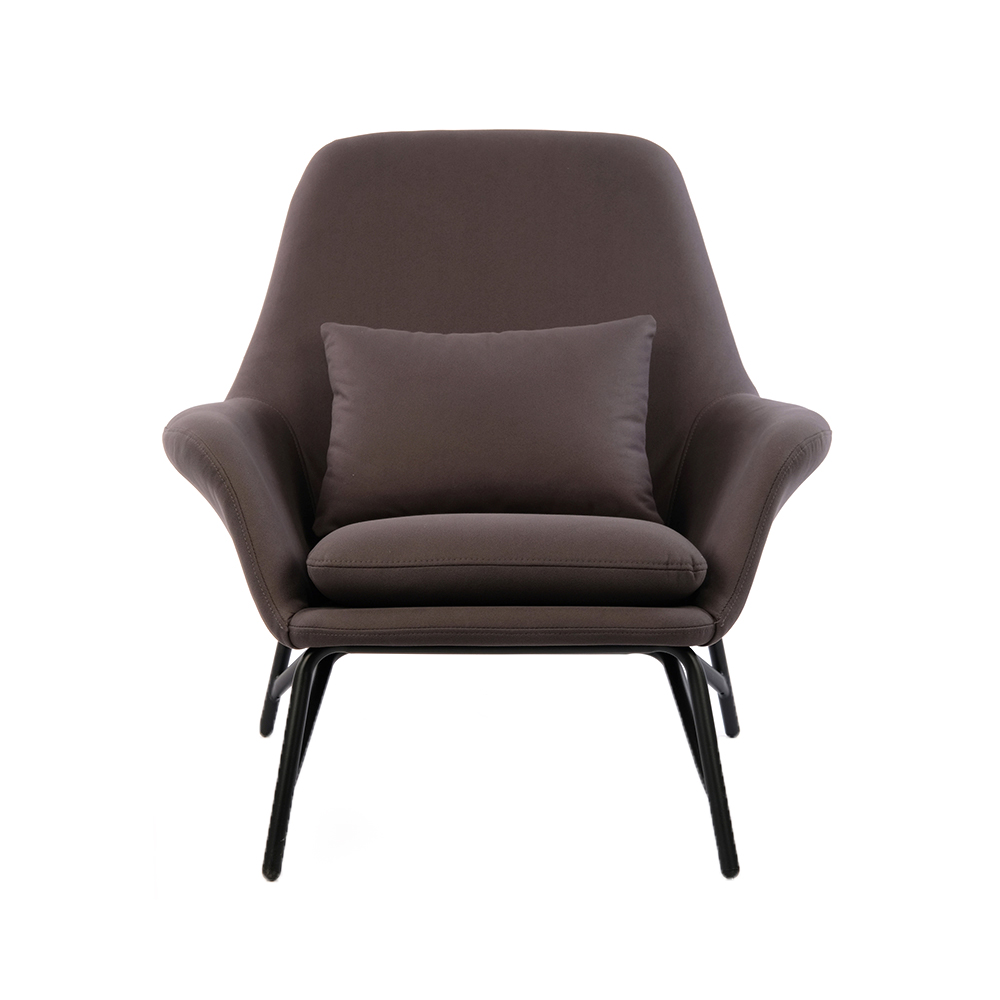
The Interface: Armrests, Headrests, and Footrests
Every point of contact between your body and the chair is an opportunity for either support or stress.
Ergonomic Armrests: Armrests on a leisure chair should be padded and positioned at a height that allows your shoulders to remain relaxed and your elbows to rest comfortably. This support takes weight off your shoulders and spine. They should be wide and soft enough to provide adequate support whether you’re reading a book, holding a tablet, or just letting your arms rest.
Integrated Footrests: Whether it’s a pop-up ottoman on a recliner or a built-in footstool, elevating your feet is a key part of the relaxation equation. It promotes better circulation in the legs, reduces pressure on the lower back, and helps the body achieve a truly neutral, reclined posture. The benefits of a footrest for circulation and lumbar relief are well-documented in ergonomic studies.
The Material World: Breathability and Thermoregulation
You can have perfect postural support, but if the chair’s material makes you feel hot and sticky after twenty minutes, the comfort is ruined. This is where material choice becomes an ergonomic consideration.
Breathable Fabrics: Materials like mesh, certain weaves of cotton, linen, and performance fabrics promote air circulation, pulling heat and moisture away from the body. This thermoregulatory comfort is essential for maintaining comfort over longer periods, preventing that urge to get up simply because you’ve become too warm.
Supportive Padding: The upholstery itself must work in tandem with the cushioning. It should be durable, flexible, and not create any hard seams or pressure points against the skin.
The Holistic Picture: Proportion, Aesthetics, and Space
Finally, ergonomics extends to how the chair fits within your space and life.
User-Proportion Fit: A chair must be sized for its intended user. A chair that is too large or too small will never provide optimal support. While one-size-fits-most is common, the best designs consider a range of human dimensions.
Ease of Use: The controls for reclining, swiveling, or any other function should be intuitive and require minimal force. This is especially important for older adults or those with limited mobility.
Psychological Ergonomics: The aesthetic of a chair—its lines, color, and form—contributes to a sense of calm and well-being. A cluttered, overly complex design can be visually stressful, while a clean, inviting silhouette promotes mental relaxation. The chair should be an inviting sanctuary within a room.
Conclusion: The Sum of All Parts
The ergonomic design of a leisure chair is not about a single feature. It is not just a lumbar pillow or a reclining function. It is the thoughtful, human-centric integration of all these elements: unwavering spinal alignment, intelligent pressure distribution, customizable adjustability, supportive arm and footrests, and breathable materials.
When shopping for a chair destined to be your spot for relaxation, look beyond the style and the initial “plush” feel. Sit in it. Recline in it. Notice if your back feels supported, if your legs are comfortable, and if you can imagine yourself truly letting go for an hour or more. The right ergonomic leisure chair won’t just be a piece of furniture; it will be a tool for wellness, a dedicated space for your body and mind to recharge in perfect, supported comfort.

 English
English عربى
عربى Español
Español 中文简体
中文简体

